Hi there, pet lovers! 🦂
Looking for a pet that’s equal parts fascinating and low-maintenance? The Emperor Scorpion (Pandinus imperator) might be the perfect choice. Known for their impressive size, glossy black exoskeleton, and surprisingly docile nature, these rainforest giants are a favorite among invertebrate enthusiasts.
Unlike their more aggressive relatives, Emperor Scorpions are calm, hardy, and relatively safe to handle—making them an excellent option for beginners and experienced keepers alike. In this detailed care guide, we’ll cover everything you need to know, from housing and feeding to handling tips and common health concerns.
Overview
Emperor Scorpions are large, tropical arachnids native to the rainforests of West Africa. They are prized for their striking appearance, manageable care requirements, and long lifespan. Here’s a quick summary of what makes them stand out:
- Handling and Temperament: Docile but not a “hands-on” pet; best observed or handled minimally.
- Care and Maintenance: Moderate—requires stable humidity and warmth.
- Health and Durability: Hardy with proper care; can live 6-8 years or more.
- Availability: Widely bred in captivity; easy to find from reputable sellers.
- Cost: Affordable to purchase but requires an initial setup investment.
- Overall: A low-maintenance, captivating pet for invertebrate lovers.

Why Choose an Emperor Scorpion?
Emperor Scorpions are ideal for keepers who want an exotic yet manageable pet. Unlike fast-moving tarantulas or venomous species, these scorpions are slow-moving, predictable, and rarely aggressive. Their low noise, space efficiency, and minimal odor make them perfect for apartments or small homes.
Additionally, their mild venom (comparable to a bee sting) and reliance on strong pincers over stinging make them one of the safest scorpion species for cautious handlers.
Handling and Temperament
While not a cuddly pet, Emperor Scorpions are one of the most handleable scorpion species—if approached correctly.
Personality and Behavior
- Nocturnal and shy, they spend most of their time hiding or burrowing.
- Docile by nature, but may pinch if threatened (rarely sting).
- Slow-moving, making them easier to observe than fast arachnids.
Safe Handling Tips
✔ Use gentle, confident movements—sudden grabs can stress them.
✔ Avoid handling during molting (they’re extremely vulnerable).
✔ Never hold them high up—a fall can be fatal.
✔ Wash hands before/after to avoid transferring irritants.
Note: While they tolerate handling, it’s best to limit interaction to avoid unnecessary stress.
Care and Maintenance
Emperor Scorpions thrive in humid, warm environments mimicking their West African rainforest habitat.
Enclosure Setup
- Tank Size: 10-20 gallons for one adult (larger for pairs).
- Substrate: 4-6 inches of moist coconut fiber or peat moss for burrowing.
- Hides: Cork bark, half-logs, or artificial caves for security.
- Climbing? No—they’re terrestrial but appreciate textured surfaces.
Humidity & Temperature
- Humidity: 70-80% (mist daily, use a hygrometer).
- Temperature: 75-85°F (use a heat mat on one side).
- Water: Shallow dish (changed daily) to prevent dehydration.
Feeding
- Diet: Live prey only—crickets, roaches, mealworms.
- Feeding Schedule: 2-3 times per week (remove uneaten prey).
- Supplements? Not required if fed varied insects.
Pro Tip: Avoid overfeeding—obesity can shorten their lifespan.
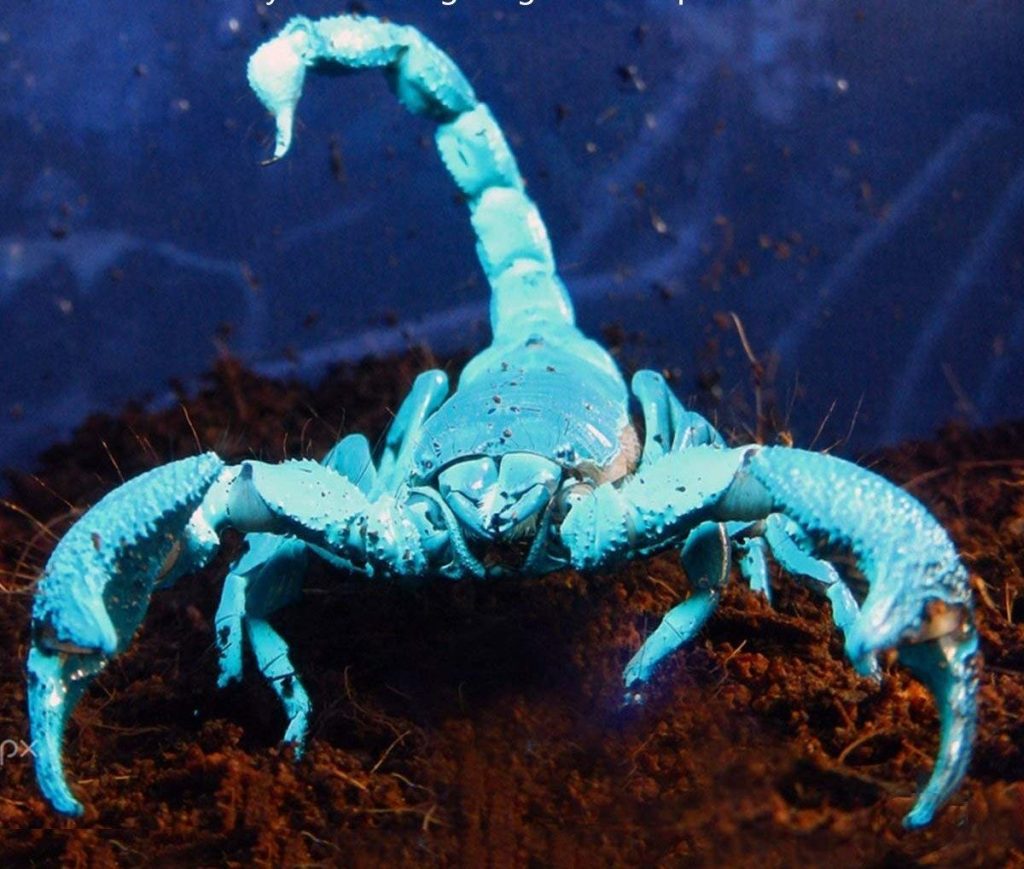
Health and Durability
With proper care, Emperor Scorpions are resistant to most diseases, but keep an eye out for:
Common Health Issues
- Dehydration (sunken body, lethargy) → Increase humidity.
- Failed Molts (stuck shed) → Ensure high humidity during molting.
- Mites/Parasites → Quarantine new scorpions; keep enclosure clean.
Preventative Care
✔ Regularly check for stress signs (excessive hiding, refusal to eat).
✔ Maintain stable humidity & temperature.
✔ Avoid overcrowding (can lead to cannibalism).
Lifespan: 6-8 years (sometimes longer with optimal care).
Availability and Cost
Where to Buy
- Reputable Breeders (best for healthy, captive-bred specimens).
- Reptile Expos (wide selection, chance to ask questions).
- Specialty Pet Stores (less ideal—may lack expertise).
Cost Breakdown
- Scorpion: $30 to $100 (rarer morphs cost more).
- Enclosure Setup: $100 to $200 (tank, substrate, heating, etc.).
- Ongoing Costs: Low (just insects and substrate refreshes).
Avoid wild-caught specimens—they often carry parasites and stress easily.
Pros and Cons
Pros
✅ Low maintenance (once setup is correct).
✅ Fascinating to observe (nocturnal behaviors).
✅ Safe venom (mild, rarely used).
✅ Long lifespan (6+ years with good care).
Cons
❌ Not for frequent handling (best as a display animal).
❌ High humidity needs (daily misting required).
❌ Pinching risk (though not aggressive).
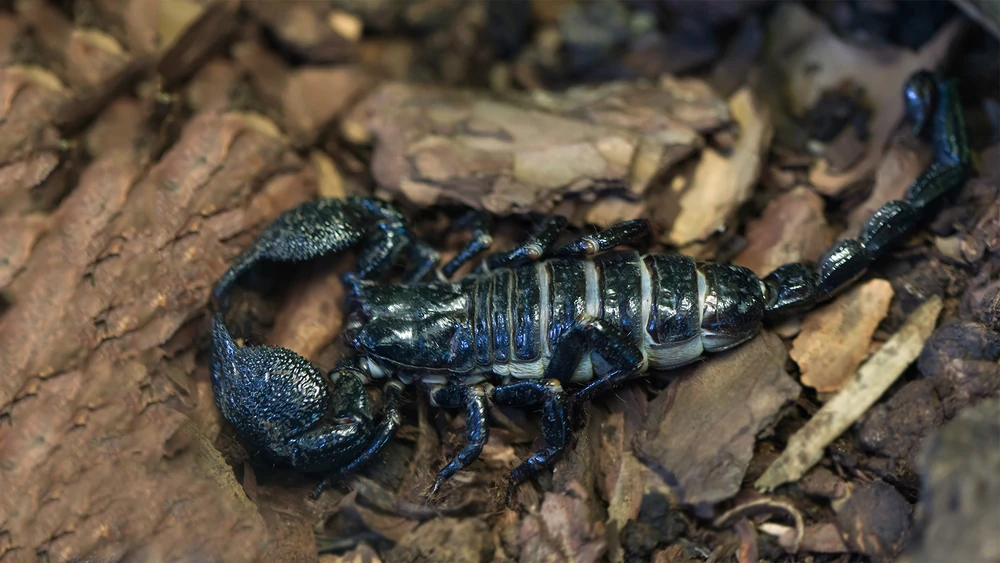
Final Thoughts
The Emperor Scorpion is a fantastic choice for those seeking an exotic yet manageable pet. Their striking appearance, hardy nature, and simple diet make them a rewarding species for both beginners and experienced invertebrate keepers.
Interested in adding one to your collection? We recommend starting with a captive-bred juvenile from a trusted breeder. With the right setup, these scorpions thrive with minimal fuss—offering years of mesmerizing, low-maintenance companionship.
Have experience with Emperor Scorpions? Share your tips below!
For more pet care tips and reviews, stay tuned to our blog and don’t forget to subscribe to our newsletter! 🦂
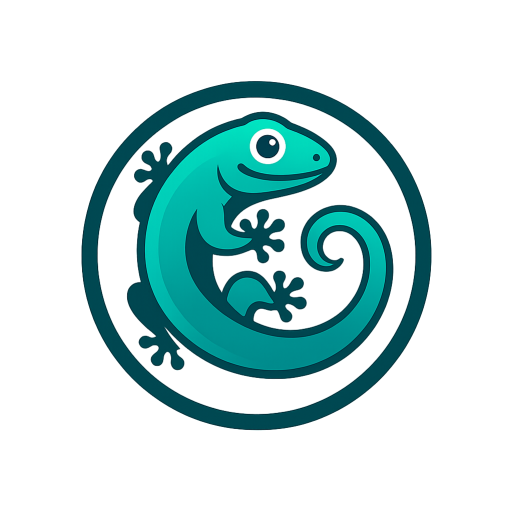


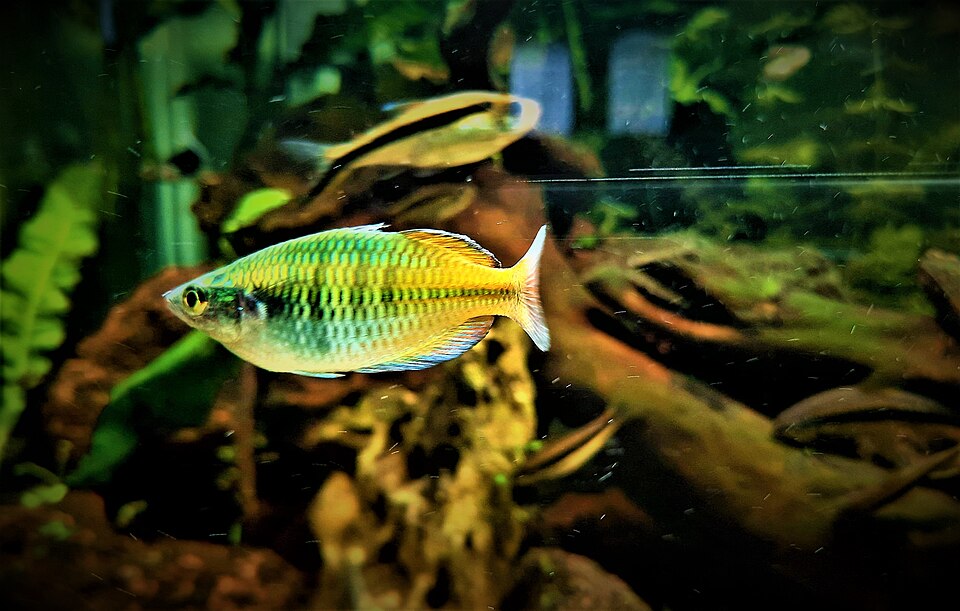
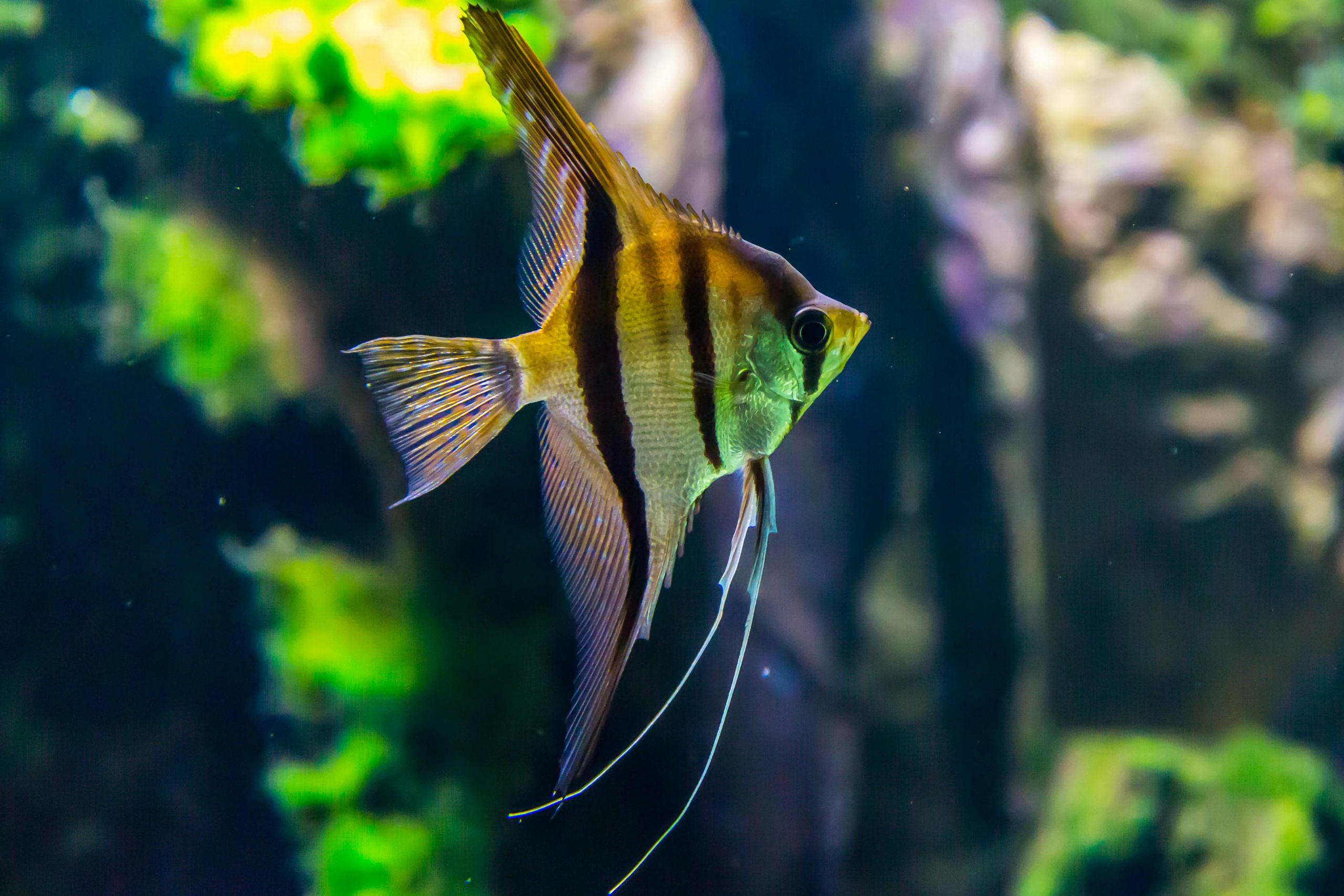
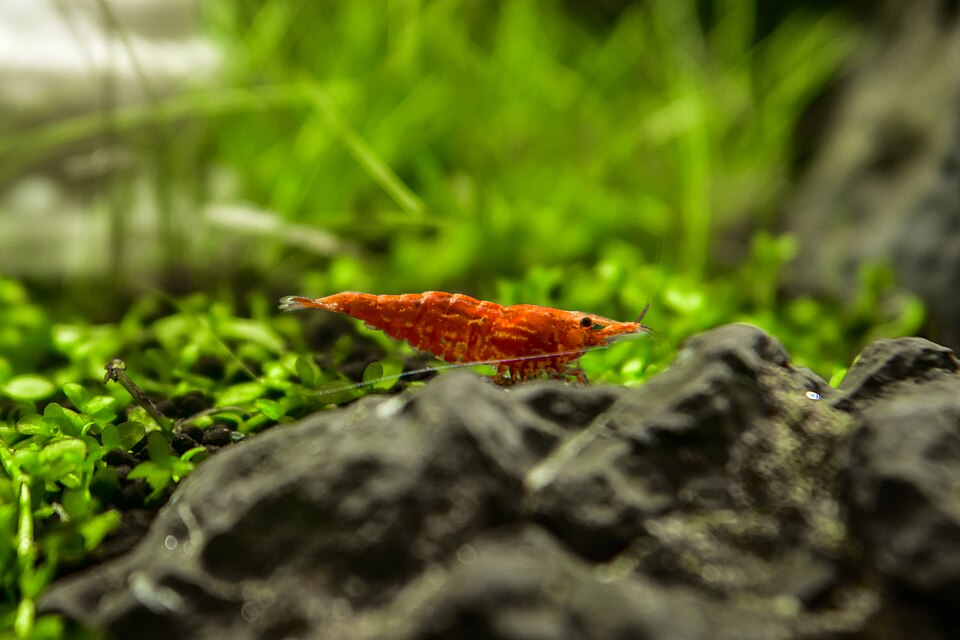


Leave a Reply